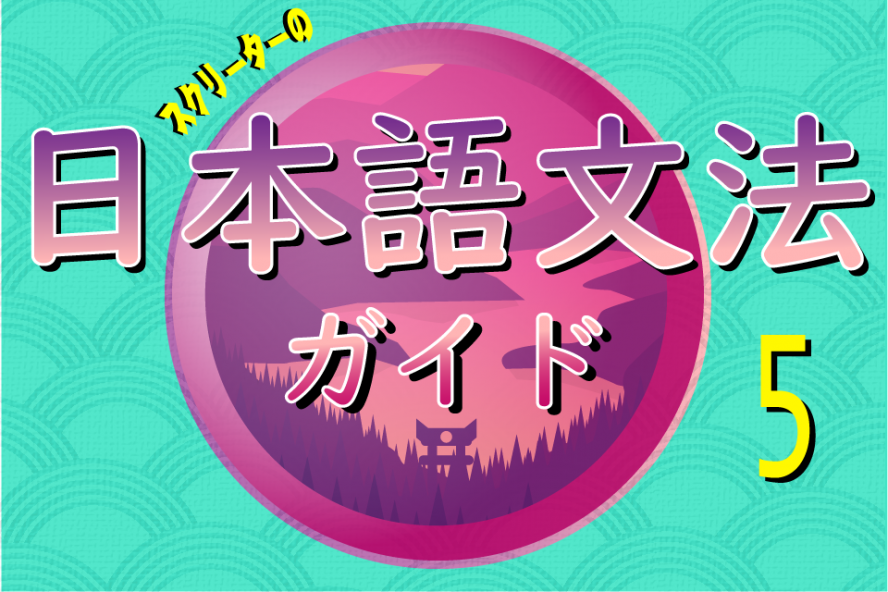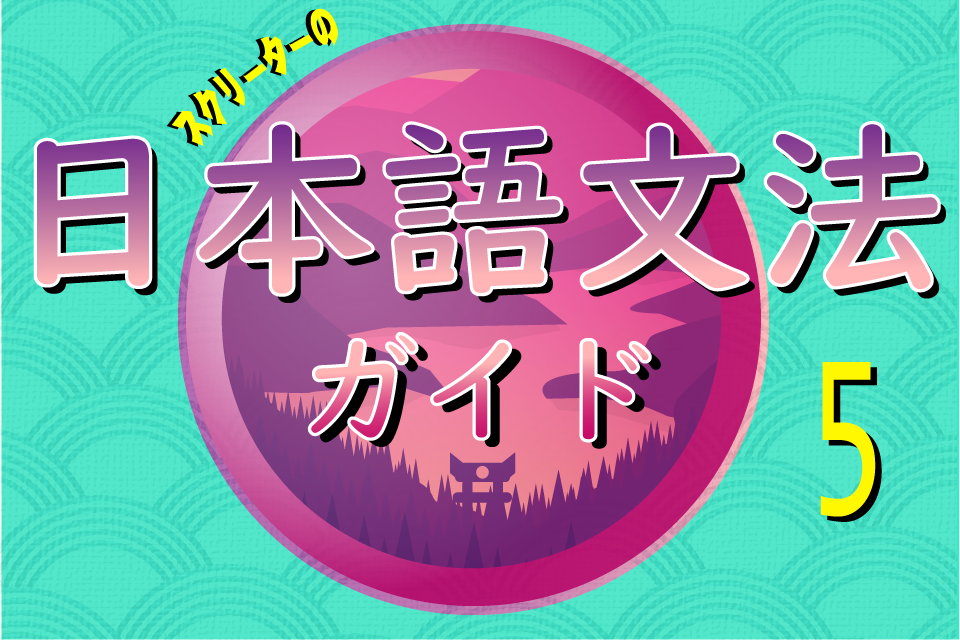Linking objects together (と、や、など)
と is used similar to the way we use “and” in English. As an example, “dogs and cats” would be:
犬と猫
いぬとねこ
dogs and cats
や is used as a particle to represent “etc.” and is sort of used like a comma to describe more than one thing. Unlike と, which is directly linking those objects together, just like the word “and” in English, や does not limit the two selections to just those two items. It’s sort of like saying “things like”, and is like a built in “etc.”
Here are some examples sentences using the や particle:
ペンや鉛筆
ペンやえんぴつ
Things like pens and pencils
野菜や果物
やさいやくだもの
Things like vegetables and fruits
テーブルの上に、ペンや鉛筆があります。
テーブルのうえに、ペンやえんぴつがあります。
There are things like pens and pencils on top of the table.
や isn’t limited to one use, (and neither is と– the word for “and”), so you can string more than two objects together using や. Here’s an example using three objects:
ナイフやフォークやスプーン
Things like knives, forks and spoons
Now let’s move on to など. This is used to finalize an exhaustive list of items, but can also be used by itself without using や. The equivalent to this in English is just like “etc.” In fact, just like how we can say “etc., etc.”, you can say などなど in Japanese to give it the same nuance. Let’s see how など is used in a sentence:
スープやラーメンなどが好きです。
スープやラーメンなどが好きです。
I like soup, ramen, etc.
Counters!
There are many counters in Japanese for various things. They’re added at the end of a number to indicate what kind of object it is, besides just the amount. Counters work by classifying an object as a certain type. For instance, things that are flat and stackable are classified by the counter 枚 (まい).
Since 枚 is used for things that are stackable, you would use it for things like plates, pieces of paper, dollar bills, etc.
Let’s see how the counting system works up to five using 枚 as a counter.
1枚 (いちまい)
2枚 (にまい)
3枚 (さんまい)
4枚 (よんまい)
5枚 (ごまい)
This is simple because with the 枚 counter the いち、に、さん counting system is used and you just attach 枚 to the end of the number to indicate it’s a flat, stackable object.
Let’s take a look at a counter which doesn’t use the いち、に、さん counting system and is also a generic counter which can be used in place of any specific counter (for instance, if you don’t know which specific counter to use for an object). This generic counter is つ.
Let’s see how it’s used up until nine. As a note, once you get to ten, you can’t use つ as a generic counter anymore.
1つ (ひとつ)
2つ (ふたつ)
3つ (みっつ)
4つ (よっつ)
5つ (いつつ)
6つ (むっつ)
7つ (ななつ)
8つ (やっつ)
9つ (ここのつ)
You can’t use つ as a counter after nine, but there’s another counter that’s not quite as generic (but still somewhat generic), which is a counter for small things, which is 個 (こ). It works the same way as any counter– it’s attached to the end of a number, however unlike the つ counter system, the 個 counter uses the いち、に、さん, counter system.
1個 (いっこ)
2個 (にこ)
3個 (さんこ)
Notice how even though it’s the いち、に、さん system, (and even though に and さん stay intact), the pronunciation of いち is modified. You might think it’s いちこ, however it’s pronounced いっこ. This is something you will get the hang of!


